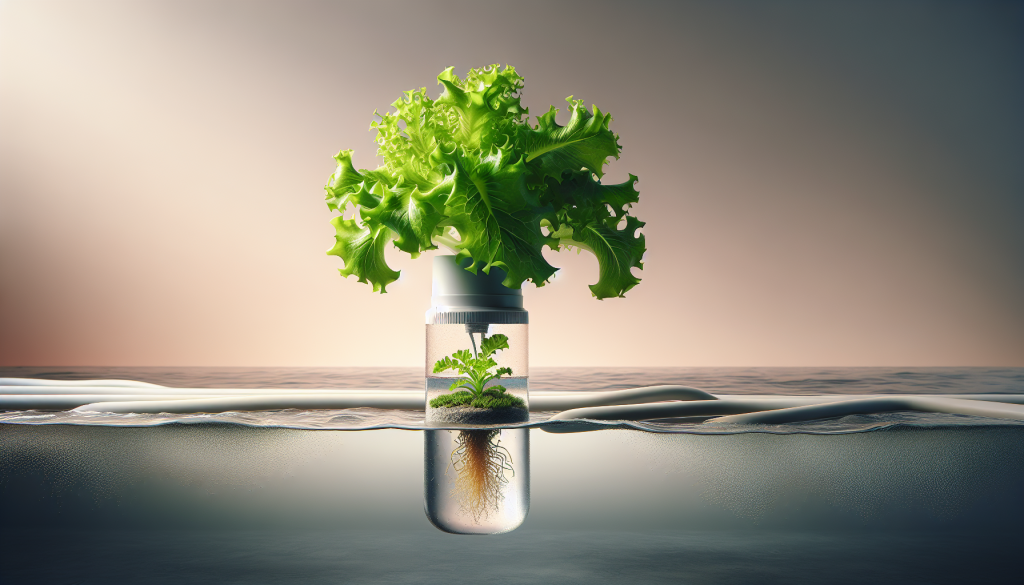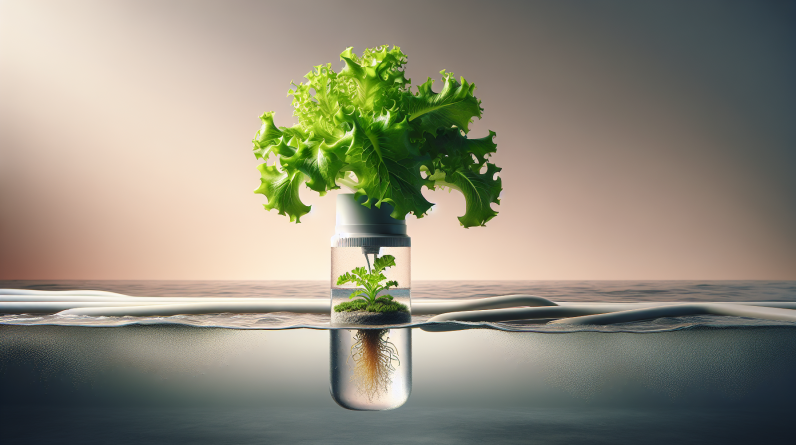
Are you considering trying hydroponic gardening but unsure which seeds to select? Look no further! In the fascinating world of hydroponics, the choice of seeds plays a crucial role in determining the success of your gardening venture. By carefully selecting the right seeds, you can ensure optimal growth, vibrant yields, and a bountiful harvest. In this article, we will explore the characteristics of various seeds and recommend the best options for hydroponic gardening, helping you embark on a rewarding and fruitful journey.
Leafy Greens
Leafy greens are a fantastic choice for hydroponic gardening, as they thrive in nutrient-rich water systems. Lettuce, spinach, kale, arugula, and Swiss chard are all excellent options to consider. These greens are not only packed with essential nutrients like vitamins A, C, and K, but they also have a high water content, which makes them a perfect fit for hydroponic setups. The controlled environment of hydroponics allows these leafy greens to grow rapidly and produces a bountiful harvest.
Lettuce
Lettuce is a staple in hydroponic gardens due to its versatility and fast growth. Various lettuce varieties, such as romaine, butterhead, and loose-leaf, can flourish in hydroponic systems. With proper care and optimal growing conditions, you can enjoy a continuous harvest of fresh, crispy lettuce leaves.
Spinach
Spinach is not only incredibly nutritious but also highly suitable for hydroponic cultivation. This leafy green thrives in hydroponic systems, producing dark, vibrant leaves with a high concentration of iron, vitamins, and essential minerals. Hydroponically grown spinach boasts a sweeter and milder flavor compared to its soil-grown counterparts.
Kale
Kale, with its curly leaves and robust flavor, is an excellent choice for hydroponic gardening. Hydroponically grown kale tends to be more tender and less bitter compared to traditionally cultivated kale. Its rich green leaves are bursting with vitamins A, C, and K, as well as calcium and iron, making it a nutrient powerhouse on your plate.
Arugula
Arugula, also known as rocket, is a delightful addition to any hydroponic garden. Its distinctive peppery taste adds a unique flavor to salads and other dishes. Cultivating arugula hydroponically ensures quick growth and an abundant yield of tender and flavorful leaves.
Swiss Chard
Swiss chard, with its vibrant and colorful stems, is both visually appealing and delicious. This leafy green vegetable thrives in hydroponic systems, producing tender and nutritious leaves that can be used in a variety of culinary applications. The hydroponic environment allows Swiss chard to grow rapidly and continuously, providing a consistent supply of fresh greens.
Herbs
Growing herbs hydroponically offers numerous advantages, including a prolonged growing season and concentrated flavors. Here are some popular herbs that thrive in hydroponic systems:
Basil
Basil is a beloved herb known for its delightful aroma and versatile culinary uses. Hydroponic basil tends to have a more intense and flavorful taste compared to soil-grown varieties. With its rapid growth and continuous harvest potential, hydroponic basil ensures a steady supply of fresh leaves to enhance your dishes.
Cilantro
Cilantro, also known as coriander or Chinese parsley, is a pungent herb commonly used in Asian, Latin American, and Middle Eastern cuisines. Cultivating cilantro hydroponically allows for a more controlled environment, reducing the risk of bolting and extending the harvest period. Enjoy the vibrant, citrusy flavor of hydroponic cilantro in your favorite recipes all year round.
Mint
Mint is a refreshing herb known for its invigorating aroma and cooling properties. Hydroponically grown mint tends to have a more intense flavor and aroma, making it an excellent addition to beverages, desserts, and savory dishes. The controlled environment of hydroponics ensures optimum growth conditions, promoting the consistent production of fresh and aromatic mint leaves.
Parsley
Parsley is a versatile herb that can add freshness and depth to various dishes. Hydroponic parsley grows rapidly and tends to have a more vibrant green color compared to conventionally grown parsley. The continuous harvest potential of hydroponics ensures a constant supply of crisp and flavorful parsley leaves.
Dill
Dill, with its distinctive feathery leaves and aromatic seeds, is a popular herb in many cuisines. Hydroponically grown dill provides a rapid and continuous harvest, ensuring a ready supply of fresh leaves for your culinary endeavors. Its unique flavor complements a wide range of dishes, from pickles to seafood.
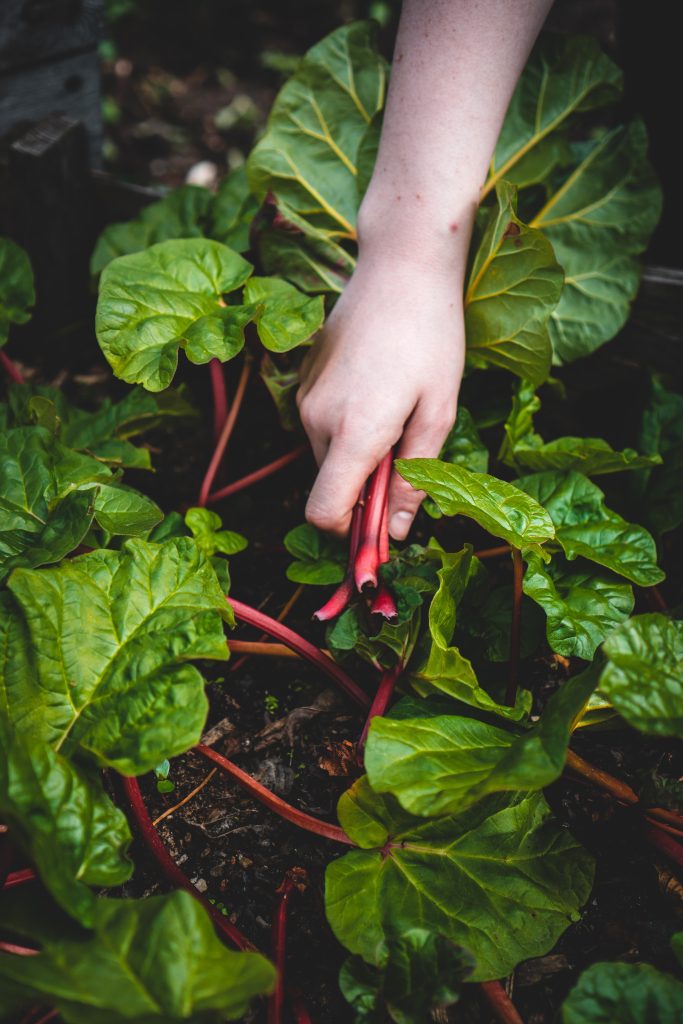
This image is property of images.unsplash.com.
Fruiting Plants
Hydroponic systems offer an ideal environment for fruiting plants, allowing them to thrive and produce a bountiful harvest. Here are some fruiting plants that can flourish in hydroponics:
Tomatoes
Tomatoes are a classic choice in hydroponic gardening, known for their juicy and flavorful fruits. Hydroponic tomato plants can thrive in controlled environments, producing large, vibrant tomatoes year-round. Enjoy the taste of homegrown tomatoes, free from pesticides and other harmful chemicals, straight from your hydroponic garden.
Peppers
Peppers, whether they are bell peppers, chili peppers, or sweet peppers, can flourish in hydroponic systems. These vibrant and versatile vegetables thrive in nutrient-rich water solutions, resulting in healthy plants and plentiful harvests. The controlled environment of hydroponics allows for optimal growth conditions, encouraging the development of crisp, flavorful peppers.
Cucumbers
Cucumbers are a refreshing and hydrating vegetable that grows exceptionally well in hydroponic environments. With their vining habit, cucumbers can benefit from vertical gardening systems, maximizing space utilization. Hydroponically grown cucumbers tend to be more disease-resistant, ensuring a higher success rate and abundant harvests.
Eggplants
Eggplants, with their shiny skin and distinctive shape, add a unique touch to any hydroponic garden. These heat-loving plants thrive in hydroponic systems, producing an abundance of meaty and flavorful fruits. Enjoy the rich taste and versatility of homegrown hydroponic eggplants in your favorite recipes.
Strawberries
Growing strawberries hydroponically allows for the control of environmental factors, resulting in sweeter and more flavorful fruits. Hydroponic strawberries grow vertically, saving space and making them suitable for smaller gardens. Delight in the juicy and aromatic taste of freshly picked hydroponic strawberries, right at your fingertips.
Root Vegetables
Root vegetables may not be the first choice that comes to mind when thinking about hydroponic gardening, but some varieties can indeed thrive in water-based systems. Here are some root vegetables that can be cultivated hydroponically:
Carrots
Carrots, with their vibrant colors and sweet flavors, can be successfully grown hydroponically. However, they require careful attention to water levels and appropriate spacing to ensure proper root development. Hydroponic carrots tend to be more flavorful and tender, making them a delightful addition to your culinary creations.
Radishes
Radishes, with their crisp texture and peppery flavor, are a popular choice for hydroponic gardening. These fast-growing root vegetables can be harvested in as little as 25 days, making them an excellent option for those seeking quick results. Hydroponic radishes boast a superior taste and texture compared to their soil-grown counterparts.
Beets
Beets, with their earthy flavors and vibrant colors, can thrive in hydroponic systems. Hydroponically grown beets tend to have a sweeter taste and a more tender texture. Enjoy the nutritional benefits of beets, rich in antioxidants and essential minerals, straight from your hydroponic garden.
Turnips
Turnips, with their robust flavors and versatile uses, can be grown hydroponically with success. These root vegetables require ample space and appropriate nutrient levels to develop firm and flavorful roots. Hydroponic turnips offer a tender and tasty alternative to conventionally grown turnips, ensuring a consistent supply of these nutritious vegetables.
Potatoes
Potatoes, although not commonly associated with hydroponics, can indeed be grown in water-based systems. Utilizing specialized techniques like aeroponics, where the roots are misted with nutrient-rich water, can be particularly effective for potato cultivation. Hydroponically grown potatoes can yield a high-quality crop, with a uniform size and appealing texture.

This image is property of images.unsplash.com.
Legumes
Legumes, known for their high protein content and nutritional value, can thrive in hydroponic environments. These versatile plants fix nitrogen in the soil, enhancing the overall health of the hydroponic system. Here are some legumes suitable for hydroponic cultivation:
Peas
Peas, whether they are snap peas, snow peas, or sugar peas, are well-suited for hydroponic growing. These delicious and nutritious legumes thrive in water-based systems, producing vibrant green pods filled with plump peas. Enjoy a bountiful harvest of fresh and sweet peas straight from your hydroponic garden.
Green Beans
Green beans, also known as snap beans or string beans, can be successfully grown hydroponically. With their rapid growth and high productivity, green beans are an excellent choice for hydroponic gardeners seeking abundant harvests. Enjoy the crisp texture and delicate flavor of hydroponically grown green beans in a variety of culinary applications.
Lentils
Lentils, rich in protein and fiber, are a fantastic addition to a hydroponic garden. These legumes can be cultivated hydroponically, bringing a nutritional boost to your harvest. Harvesting lentils at the sprout stage allows you to enjoy their tender texture and mild flavor in salads, stir-fries, and other dishes.
Chickpeas
Chickpeas, also known as garbanzo beans, are another legume that can successfully be grown in hydroponic systems. These versatile and protein-packed legumes are popular in various cuisines, from Mediterranean to Indian. Hydroponically grown chickpeas offer a reliable supply of fresh, nutrient-rich beans for your favorite recipes.
Soybeans
Soybeans, with their high protein content and numerous health benefits, can thrive in hydroponic environments. Hydroponically grown soybeans allow for better control of growing conditions, resulting in consistent yields of nutrient-dense beans. Enjoy the versatility of soybeans in various forms, from edamame to tofu.
Microgreens
Microgreens, the tender, young shoots of vegetables and herbs, are a rapidly growing trend in the culinary world. These miniature greens are packed with concentrated flavors and high nutritional value. Here are some popular microgreens that can be grown hydroponically:
Broccoli
Broccoli microgreens, with their mild and slightly sweet taste, are a delightful addition to salads, sandwiches, and even smoothies. Hydroponically grown broccoli microgreens boast a higher nutrient concentration compared to mature broccoli, making them a popular choice for health-conscious individuals.
Radish
Radish microgreens, known for their spicy kick and vibrant colors, add a burst of flavor and visual appeal to your dishes. Hydroponically grown radish microgreens are incredibly quick to mature, often ready for harvest in just a week or two. Enjoy the spicy and crisp texture of these tasty greens in your culinary creations.
Sunflower
Sunflower microgreens, with their nutty flavor and captivating appearance, have gained popularity in recent years. These greens are rich in nutrients, particularly vitamin E and selenium. Hydroponically grown sunflower microgreens add a delightful crunch and depth of flavor to salads, wraps, and other dishes.
Pea Shoots
Pea shoots, the tender vines and leaves of pea plants, are a sought-after microgreen in the culinary world. These greens offer a delicate and sweet flavor, reminiscent of fresh peas. Hydroponically grown pea shoots can be harvested at a young age, ensuring maximum tenderness and flavor.
Amaranth
Amaranth microgreens, with their vibrant red, green, and purple hues, provide a visually stunning addition to your plate. These greens have a mild and slightly earthy flavor, making them a versatile choice for various dishes. Grow hydroponic amaranth microgreens to enjoy their impressive color and nutritional benefits.
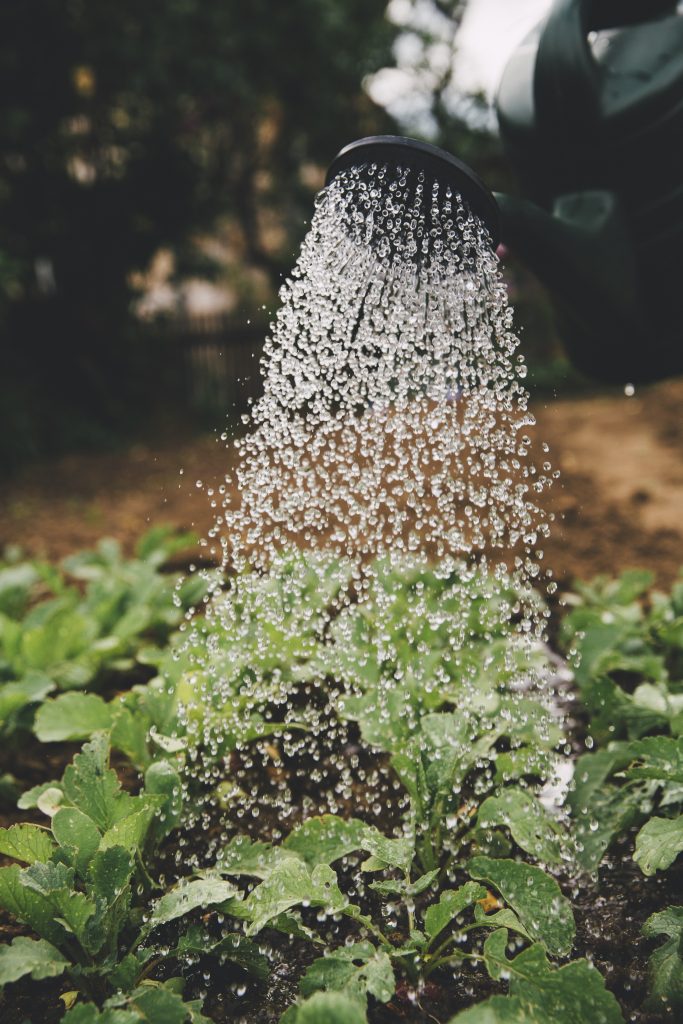
This image is property of images.unsplash.com.
Crops for Vertical Gardening
Vertical gardening maximizes space utilization and is particularly beneficial for those with limited garden areas. Here are some crops that are well-suited for vertical gardening in hydroponic systems:
Strawberries
Strawberries, with their trailing habit, lend themselves well to vertical gardening. Using hanging baskets or tower systems, you can grow hydroponic strawberries vertically, allowing for efficient use of space while enjoying the sweetness and juiciness of homegrown strawberries.
Tomatoes
Tomatoes, especially determinate or bush varieties, can thrive in vertical gardening setups. From trellises to cages, various support systems can be utilized to grow hydroponic tomatoes vertically. This not only saves space but also promotes air circulation and reduces the risk of diseases.
Cucumbers
Cucumbers, with their climbing growth habit, are ideal candidates for vertical gardening. Using trellises, stakes, or even tomato cages, you can train the vines to grow vertically, providing optimal space utilization. Hydroponic cucumbers grown vertically are easier to manage, resulting in healthy plants and abundant harvests.
Lettuce
Lettuce, with its compact growth and shallow roots, can be successfully grown in vertical gardening systems. Utilizing pocket panels or stacking containers, you can cultivate hydroponic lettuce vertically, ensuring a continuous supply of fresh leaves for your salads and sandwiches.
Herbs
Herbs, such as basil, cilantro, mint, parsley, and dill, can all be grown in vertical gardening setups. Utilizing hanging planters or wall-mounted systems, you can create a beautiful vertical herb garden. Growing hydroponic herbs vertically not only saves space but also provides easy access to fresh herbs right in your kitchen.
Fast-Growing Plants
If you’re looking for quick results and a speedy harvest, fast-growing plants are your best bet in a hydroponic garden. Here are some fast-growing options to consider:
Radishes
Radishes are notorious for their fast growth, making them an excellent choice for impatient gardeners. These root vegetables can be harvested in as little as 25 days, making them one of the fastest crops to grow hydroponically. Enjoy the satisfying process of watching your radishes mature and indulge in their crisp texture and peppery flavor.
Lettuce
Lettuce varieties, particularly those with loose heads or cut-and-come-again traits, can grow rapidly in hydroponic systems. Depending on the variety, hydroponic lettuce can be ready for harvest in as little as 3 to 4 weeks. Enjoy a continuous supply of fresh, crispy lettuce leaves throughout the growing season.
Spinach
Spinach, with its nutrient-packed leaves and versatility, is another fast-growing option for hydroponic gardens. With proper care and optimal growing conditions, hydroponic spinach can be harvested within 4 to 6 weeks after sowing. Enjoy the fresh and tender leaves of hydroponic spinach in salads, smoothies, and cooked dishes.
Chives
Chives, known for their mild onion flavor and delicate appearance, grow rapidly in hydroponic systems. These perennial herbs can be harvested within a few weeks after planting, providing a continuous supply of fresh chives for your culinary creations. Enjoy the vibrant green stems and distinct flavor of hydroponically grown chives all year round.
Basil
Basil, with its delightful aroma and vibrant flavor, is a fast-growing herb that thrives in hydroponic gardens. Depending on the variety, hydroponic basil can be ready for harvest within 4 to 6 weeks. Embrace the scent of freshly harvested basil leaves and enhance your dishes with the unmistakable taste of homegrown hydroponic basil.
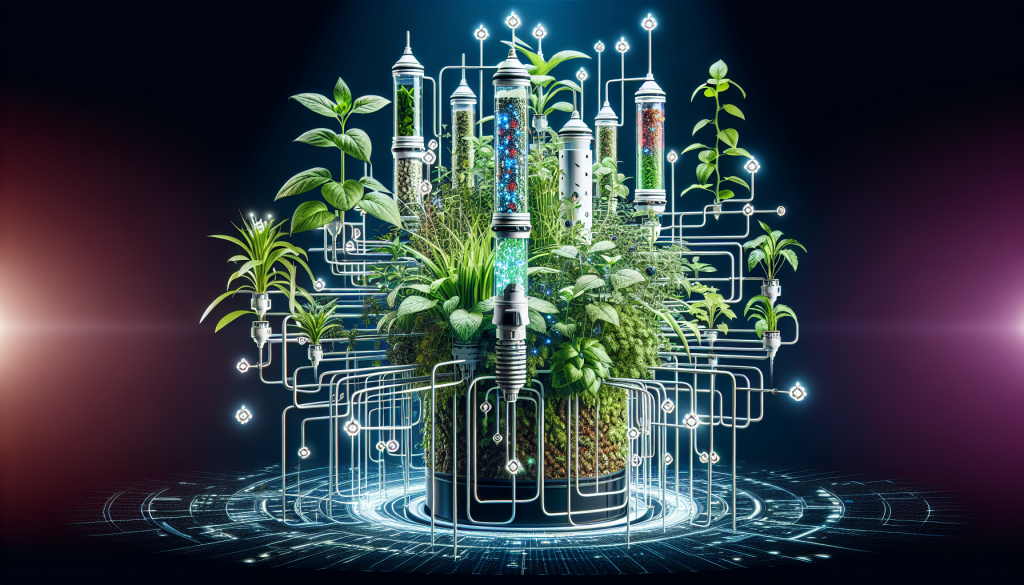
Tropical Plants
Hydroponic gardening also opens up possibilities for cultivating tropical plants that may not thrive in certain climates. Here are some tropical plants that can be successfully grown hydroponically:
Pineapple
Pineapple, with its sweet and tangy flavor, can be grown hydroponically to provide a taste of the tropics. While it may take longer to reach maturity compared to other crops, hydroponic pineapple brings a unique experience to your garden. Enjoy the process of watching the pineapple plant grow and savor the sweetness of homegrown fruit.
Papaya
Papaya, with its luscious and tropical taste, can be cultivated hydroponically in suitable climates or controlled environments. Hydroponic papayas offer a reliable supply of fresh, juicy fruit with minimal space requirements. Enjoy the rich flavor and nutritional benefits of homegrown papayas, regardless of your location.
Bananas
Bananas, with their creamy texture and natural sweetness, may not typically come to mind when thinking about hydroponics. However, certain dwarf banana varieties can be successfully grown in hydroponic systems, provided they receive adequate space and care. Imagine harvesting your own bananas and relishing the tropical goodness in your very own garden!
Passion Fruit
Passion fruit, with its exotic flavor and vibrant color, can be a rewarding addition to your hydroponic garden. While it may require a longer growing season and special attention to pollination, hydroponic passion fruit can offer a taste of the tropics right at home. Enjoy the unique flavor and versatility of homegrown passion fruit in beverages, desserts, and more.
Dragon Fruit
Dragon fruit, with its striking appearance and refreshing taste, can be cultivated hydroponically in suitable climates or indoor settings. These unique fruits are known for their antioxidant properties and vibrant colors. Hydroponic dragon fruit ensures a reliable supply of this tropical delicacy, allowing you to savor its flavor and showcase its beauty.
Unconventional Choices
For those seeking to explore more unique and unconventional options in hydroponic gardening, here are some plants worth considering:
Watercress
Watercress, with its peppery taste and high nutrient content, can be grown hydroponically to provide a fresh and distinct flavor. This semi-aquatic plant thrives in water-based systems, making it a suitable choice for hydroponics. Enjoy the unique taste and nutritional benefits of hydroponically grown watercress in salads, sandwiches, and soups.
Wasabi
Wasabi, known for its pungent and spicy flavor, can be grown hydroponically to add an authentic touch to your culinary creations. Hydroponic cultivation provides optimal growing conditions for wasabi, allowing it to develop the characteristic flavor and unique heat that is difficult to replicate with store-bought versions. Experience the true taste of wasabi with homegrown hydroponic plants.
Sorrel
Sorrel, with its tangy and lemony taste, can be an interesting addition to a hydroponic garden. This herbaceous perennial thrives in hydroponic systems, offering a continuous harvest of refreshing leaves throughout the growing season. Incorporate hydroponically grown sorrel into your salads, soups, and sauces for a zesty twist.
Aloe Vera
Aloe vera, known for its medicinal properties and soothing gel, can be cultivated hydroponically to ensure a constant supply of fresh leaves. With their unique growth habit, aloe vera plants can be grown vertically in hydroponic setups, maximizing space utilization. Harness the healing powers of homegrown hydroponic aloe vera in various skincare and health applications.
Nasturtium
Nasturtium, with its vibrant flowers and edible leaves, can be a striking and flavorful addition to a hydroponic garden. These versatile plants thrive in hydroponic environments, offering a continuous supply of peppery leaves and beautiful flowers. Enjoy the aesthetic appeal and unique flavor of hydroponically grown nasturtium in salads, garnishes, and other culinary creations.
In conclusion, hydroponic gardening offers a wide range of possibilities for growing a diverse selection of plants in nutrient-rich water systems. From leafy greens and herbs to fruiting plants and root vegetables, there are numerous options to explore. Whether you choose conventional crops or opt for more unconventional choices, hydroponics allows for year-round cultivation, rapid growth, and bountiful harvests. Embrace the world of hydroponics and enjoy the rewards of your own flourishing garden, filled with fresh and flavorful produce. Happy gardening!
